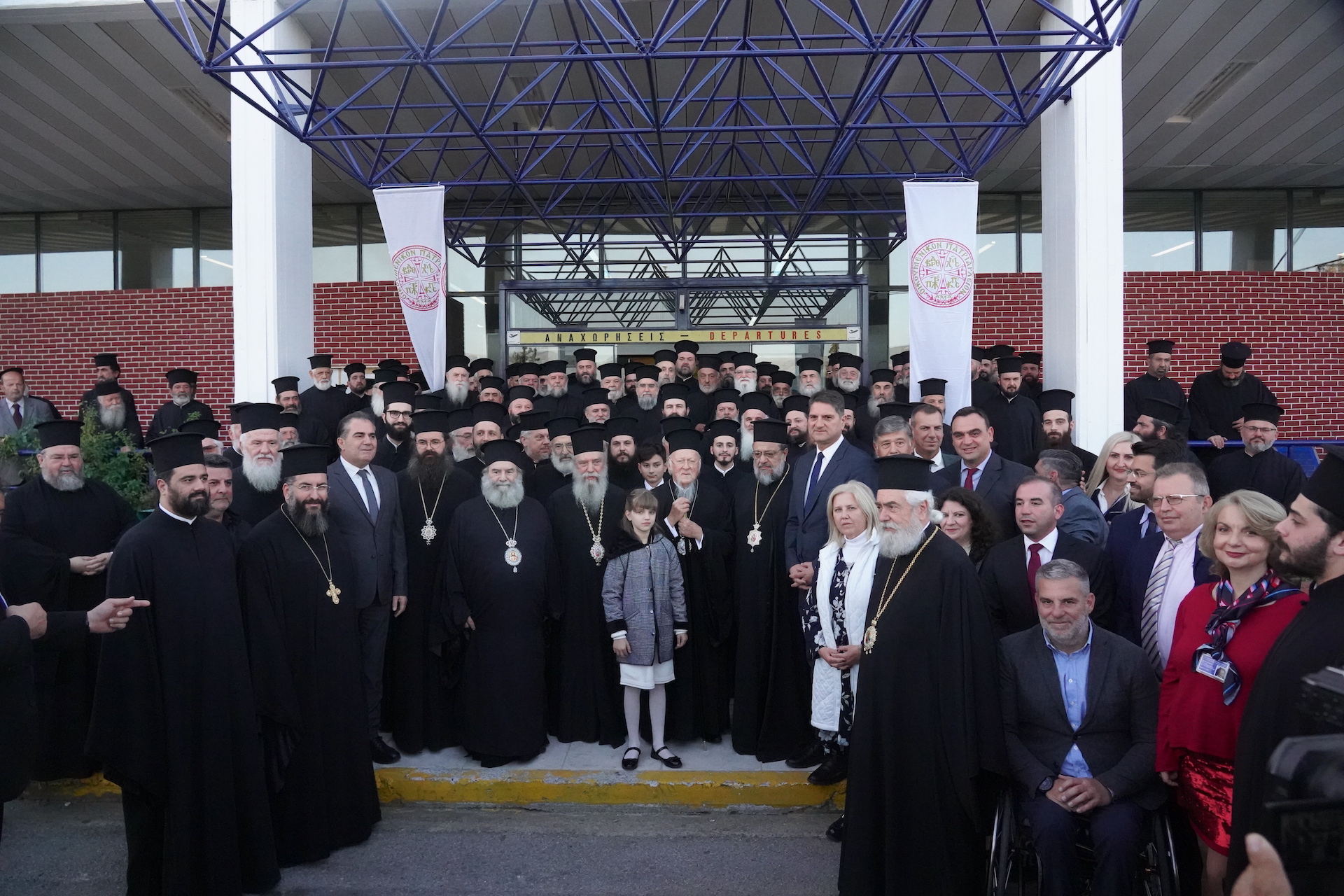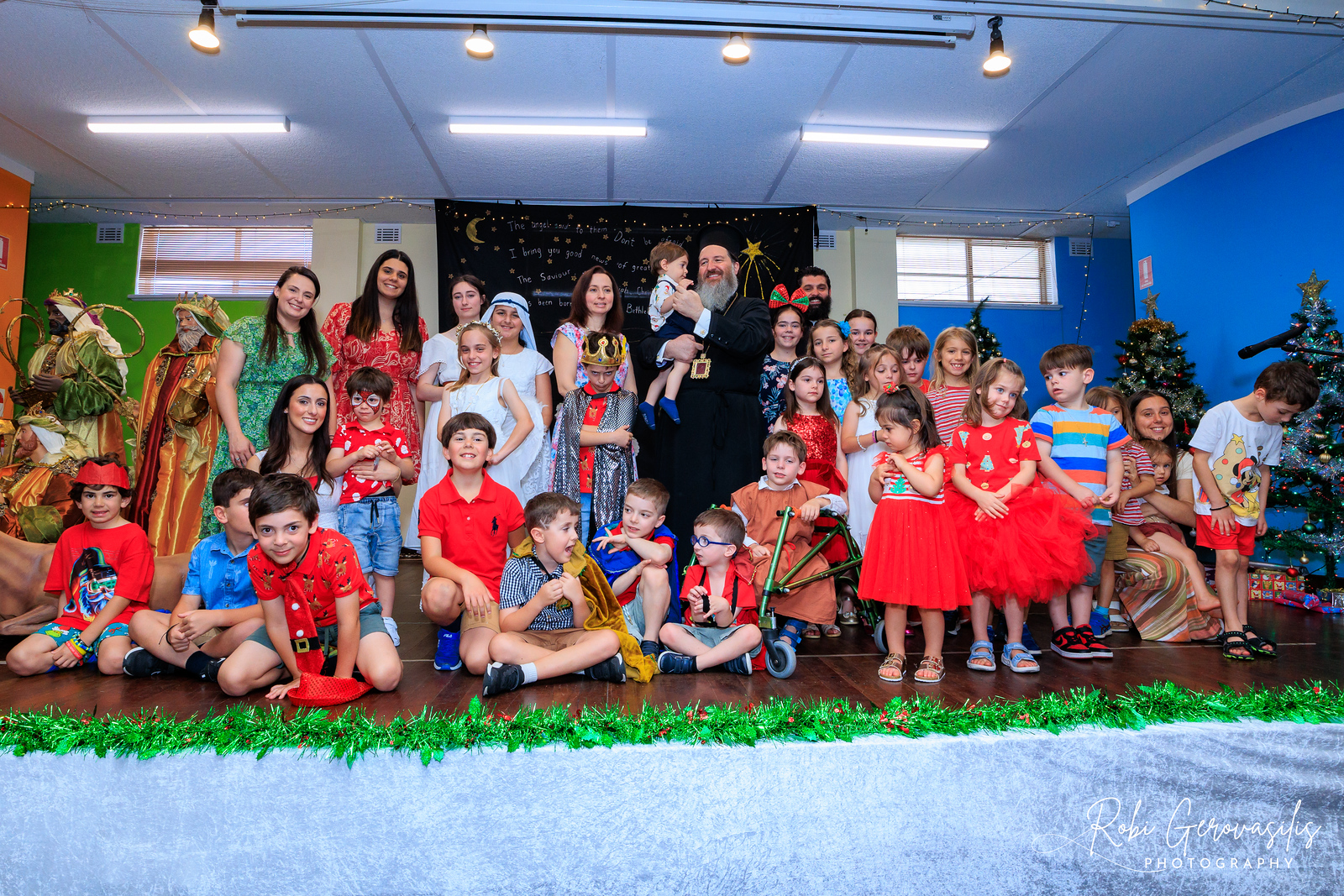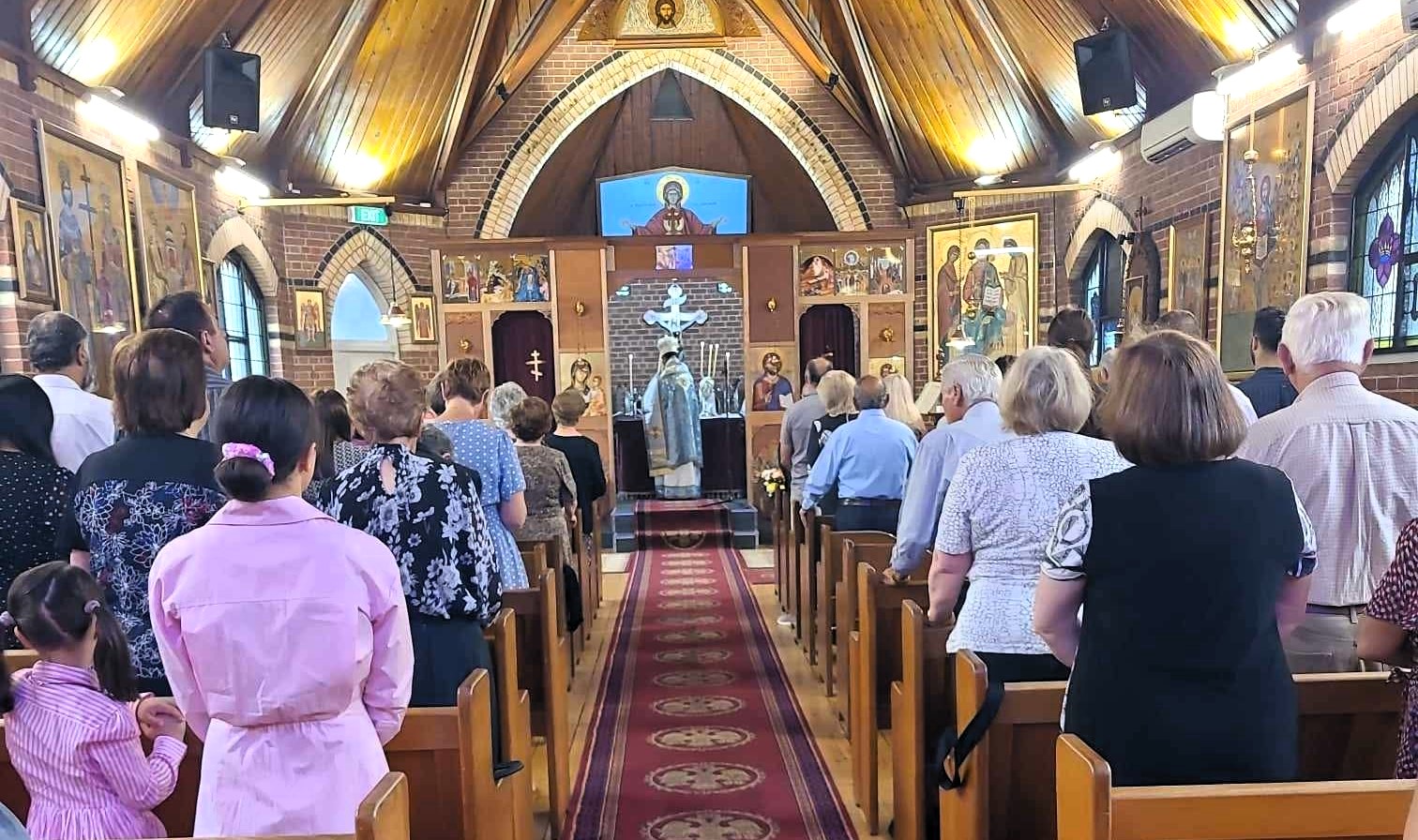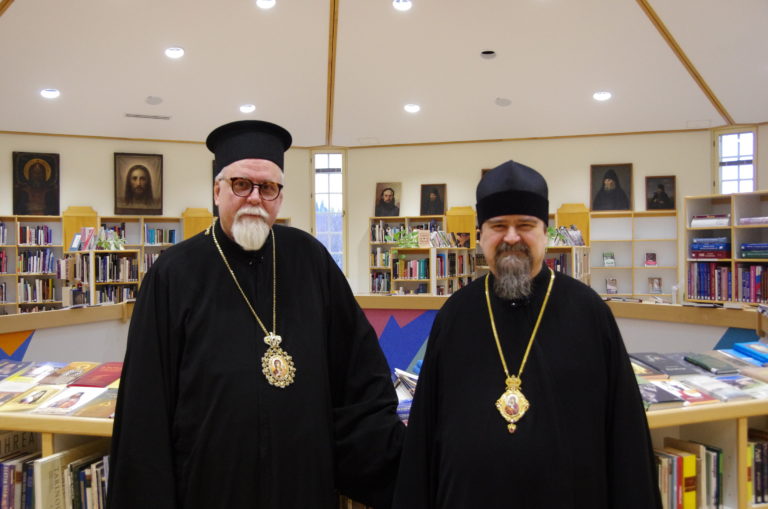Monastic Martyr Andrew of Crete (17 October)


The Hieromartyr Andrew of Crete lived during the reign of the iconoclast emperor Constantine Kopronymos (741-775), who ordered Christians, under penalty of death, to remove the holy icons from their churches and homes. Believers, who fearlessly resisted the impious iconoclast, and held firmly to the traditions of the holy Fathers, were locked in prison. When the venerable Andrew heard that the emperor was throwing virtuous and pious Christians into prison instead of thieves and robbers, he went to the Church of the Great Martyr Mamas (September 2) in Constantinople and in front of everyone, denounced the heretic for persecuting the true Faith.
In an attempt to justify himself the emperor said that it was folly to bestow veneration on wood and paint. To this the monk replied that whoever suffers for holy icons suffers for Christ, but whoever reviles the icon upon which Christ is depicted, offers insult to Christ Himself. The enraged iconoclast gave orders to torture Saint Andrew without mercy.
As he was being dragged through the streets to the place of execution, someone cut off the saint’s feet. As a result, Saint Andrew was freed from his torments by death. A hundred years later a Canon was written to the saint by Saint Joseph the Hymnographer (April 4). The saint heals those afflicted with seizures.
Saint Andrew was from the island of Crete, where he lived the monastic life. During the reign of Constantine Copronymus, he came to Constantinople and suffered many things in defence of the veneration of the holy icons. Finally, he was dragged through the market, bound by the feet, one of which was severed by a fishmonger wielding a cleaver, and thus the Saint surrendered his spirit unto God in the year 761. His sacred relics were buried at a certain place called “The Judgment.”
St. Andrew was a Cretan by birth and a Christian priest. In the time of the iconoclastic persecution, he showed himself to be a great defender of the veneration of icons. Andrew went to Constantinople to denounce the wicked Emperor Copronymus. As the emperor stood in the Church of the Holy Martyr Mamas, Andrew entered the church, stood before him, and openly rebuked him before all. “It would be better for you, O Emperor, to attend to military matters and to govern the people, than to persecute Christ and His servants.” For this, St. Andrew was beaten severely, tortured and dragged through the streets, where a heretic struck him with an axe and killed him. Thus, Andrew rendered his holy soul to God in the year 767 A.D. His relics gave healing to the sick.
Apolytikion of Martyr Andrew
Fourth Tone
Trained on the mountain in ascetical labours, with the whole armour of the Cross thou didst vanquish the spiritual arrays of unseen enemies; and when thou hadst stripped thyself with great courage for contest, thou didst slay Copronymus with the sword of the true Faith. For both these things hast thou been crowned by God, O righteous Martyr, blest Andrew of great renown.
Kontakion of Martyr Andrew
Third Tone
On this day the Church of Christ with great rejoicing observeth the resplendent festival of thine illustrious mem’ry summoning all of the faithful to come together. She is glad, for she possesseth the precious treasure of thy much-afflicted body, O Martyr Andrew, light of the Orthodox Faith.
Source: oca.org / goarch.org / westserbdio.org




